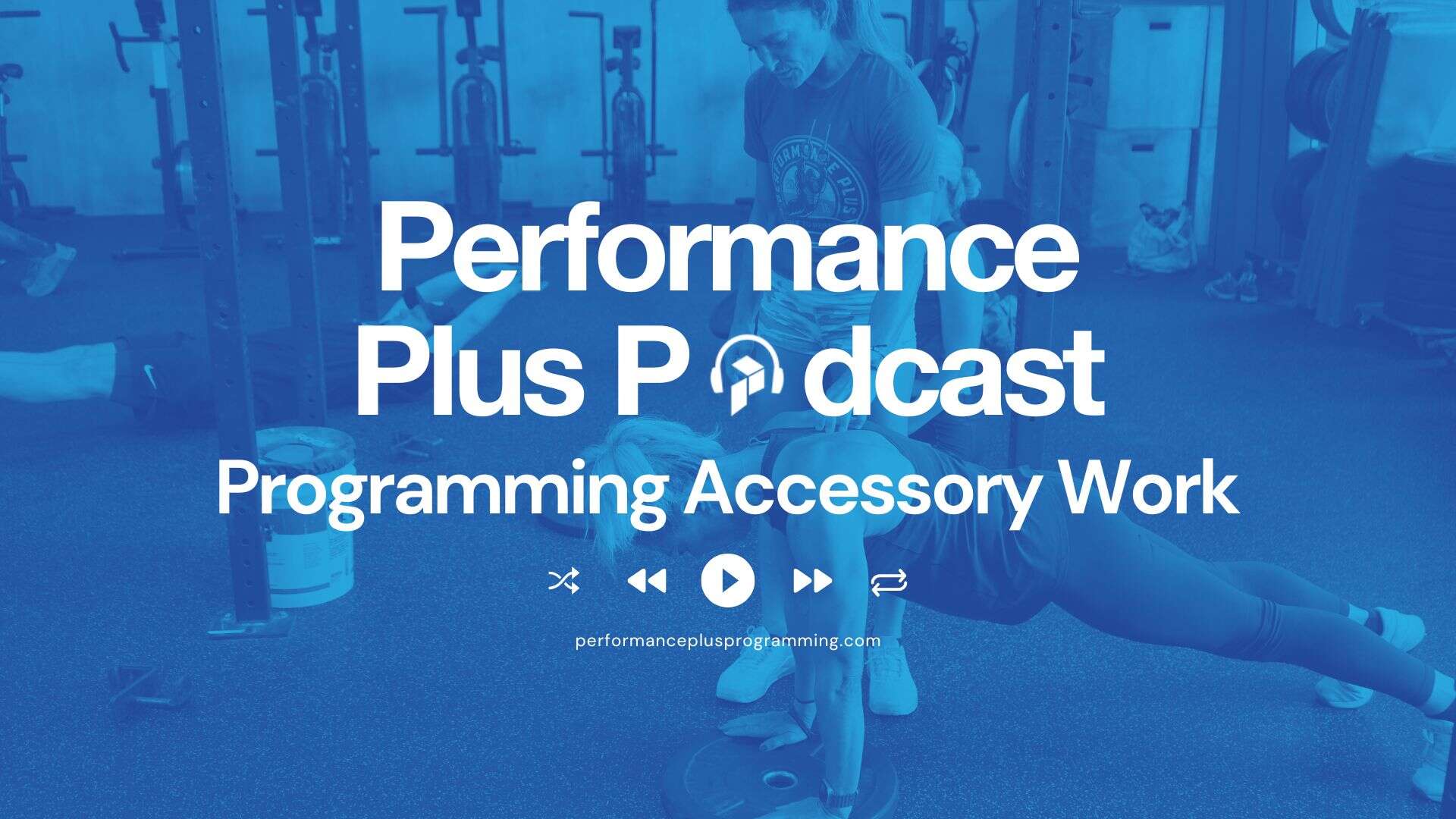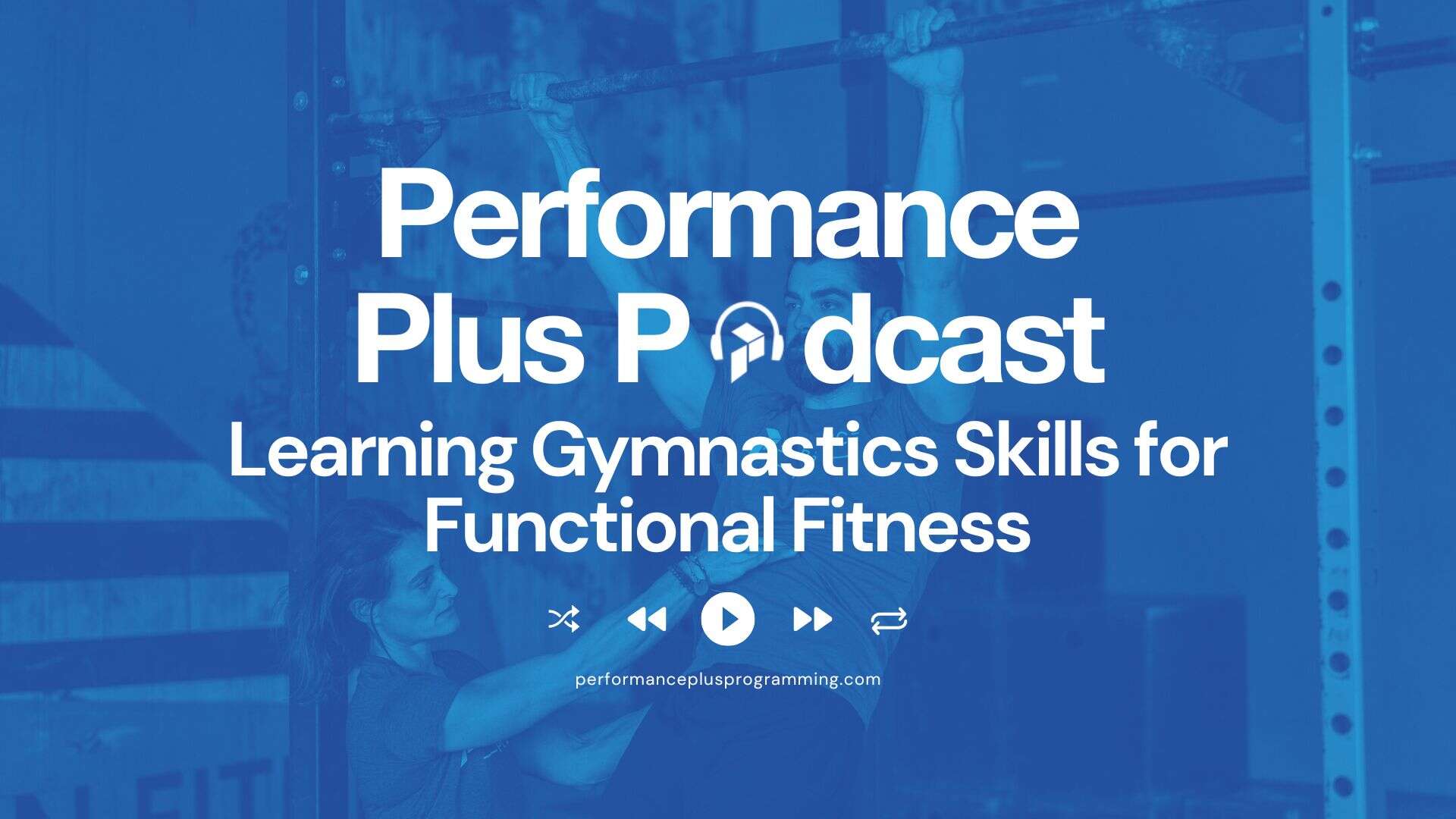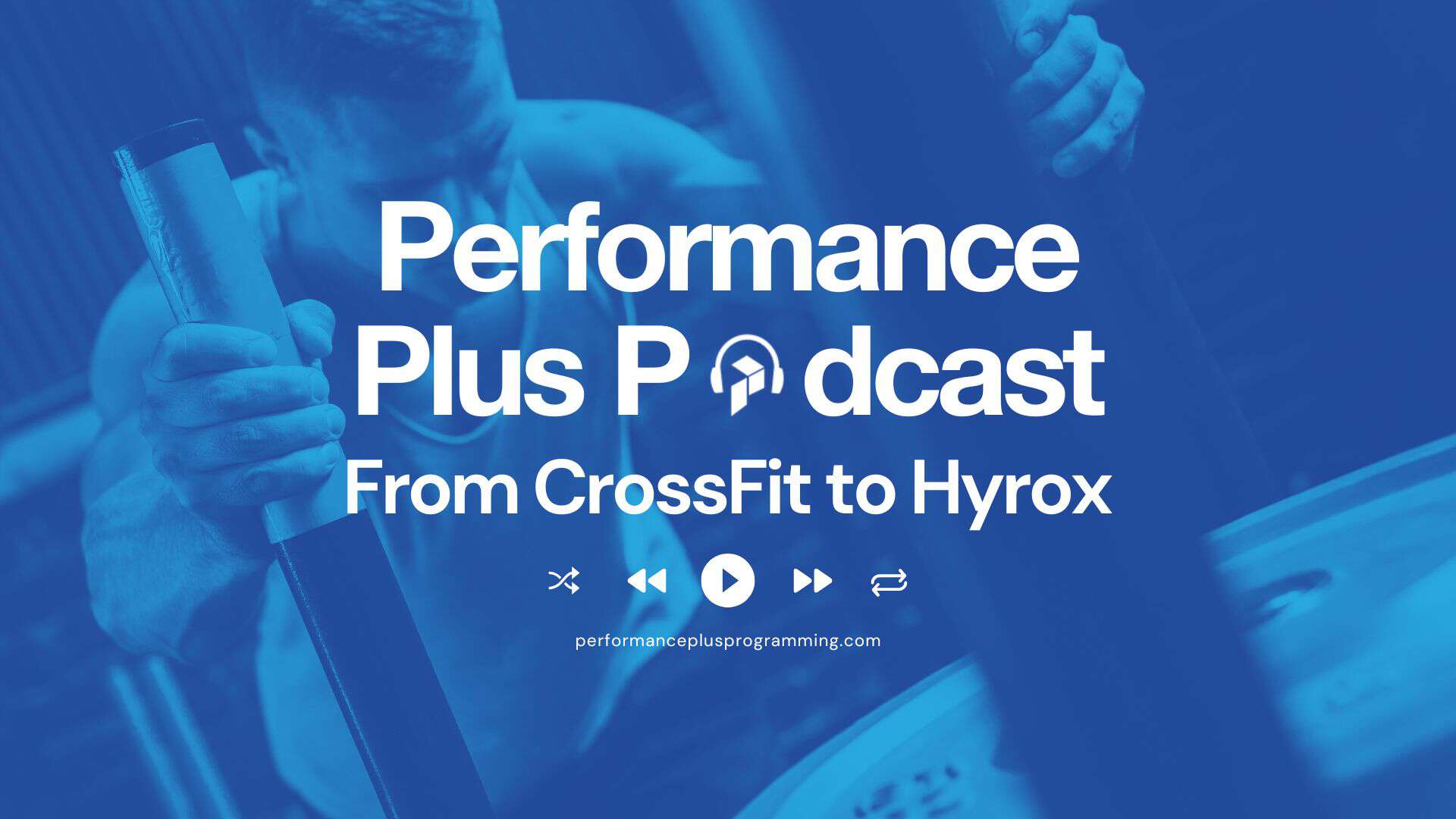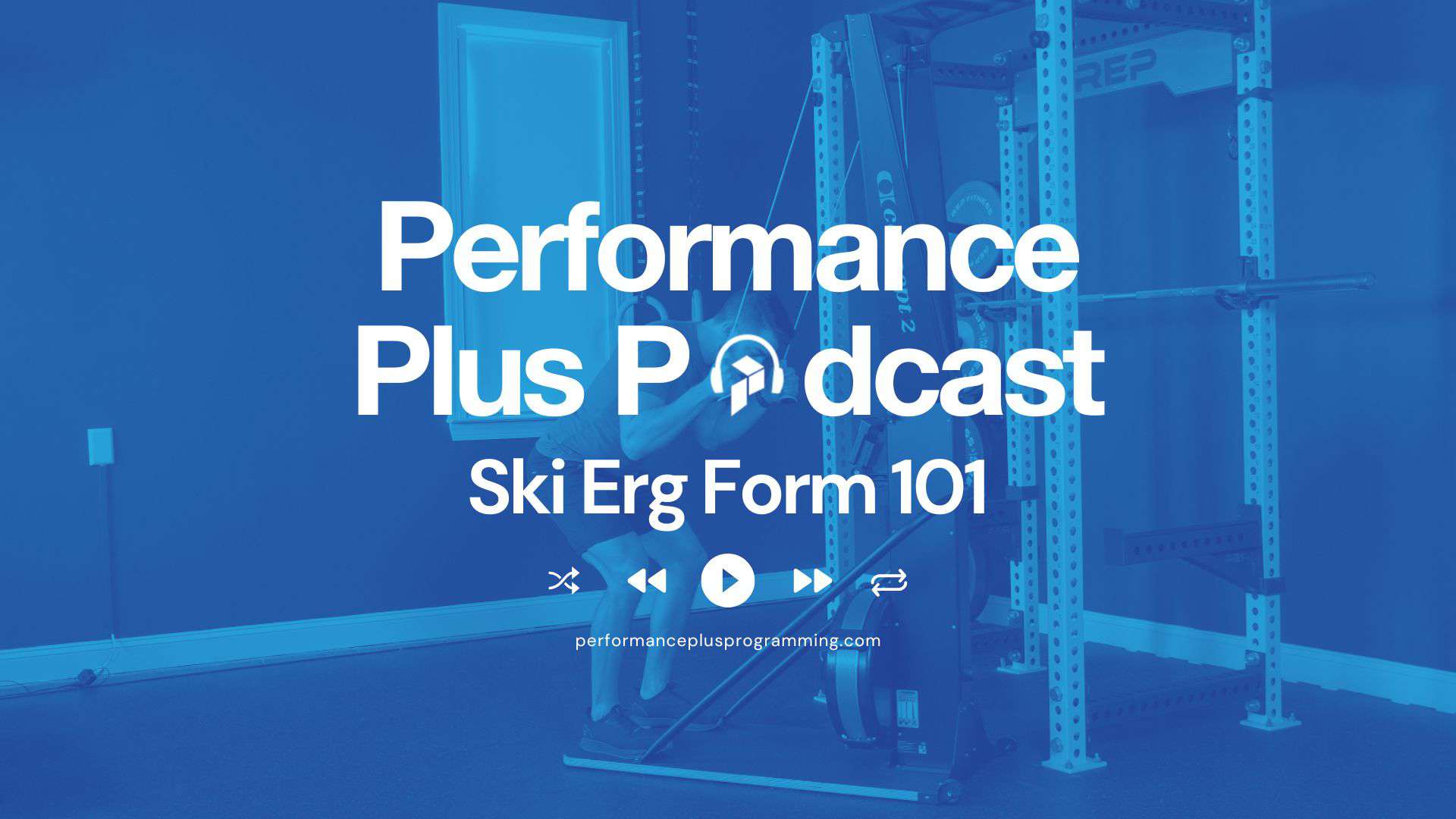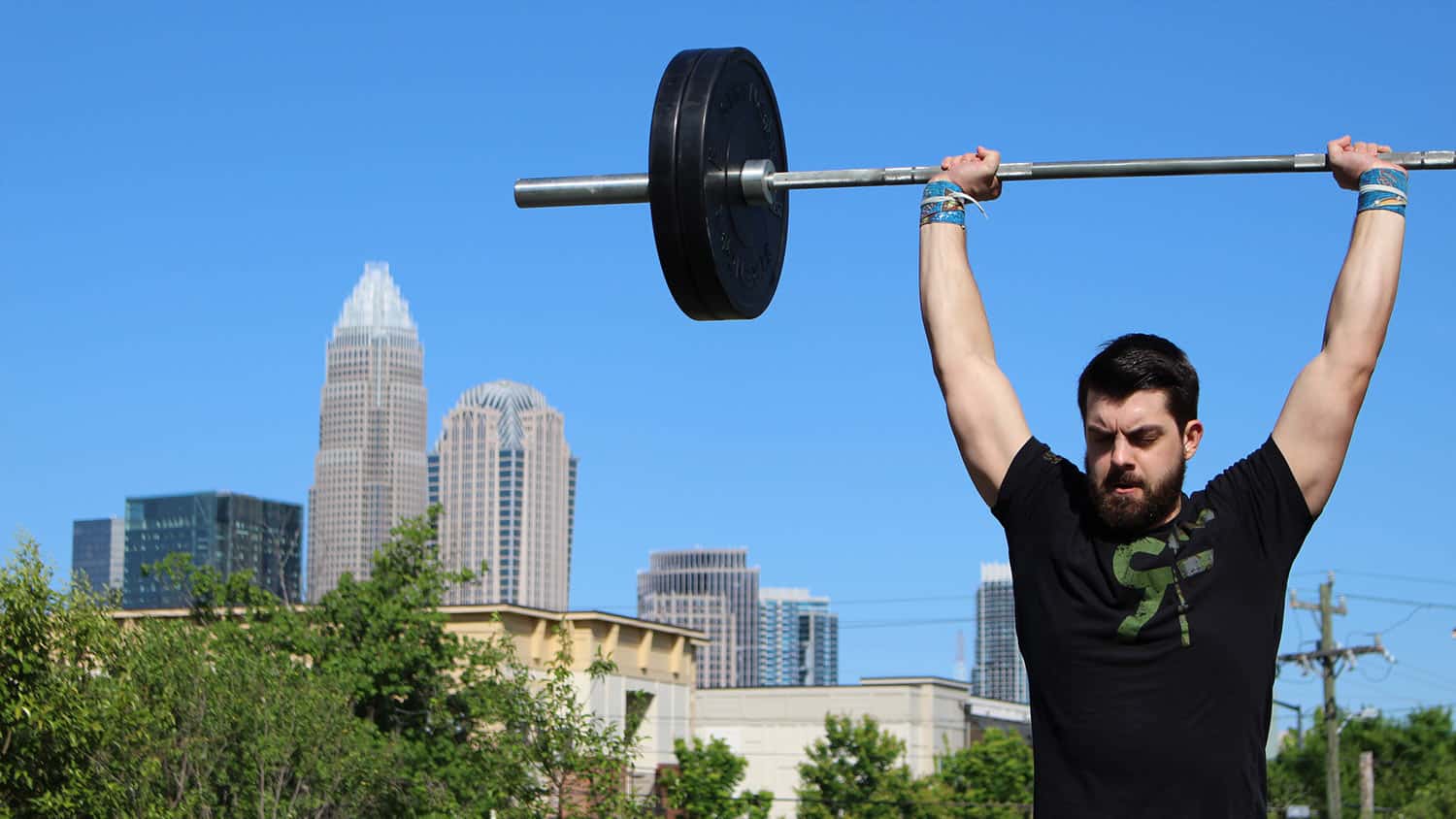
Unlock Your Hip Mobility
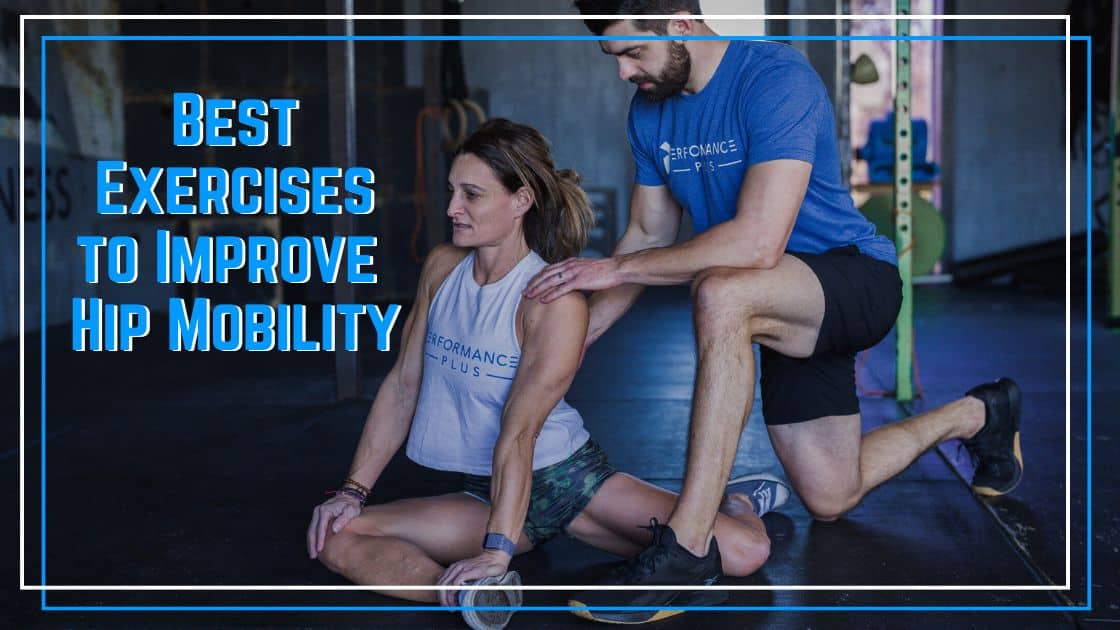
Are you looking to take your workouts to the next level by improving your hip mobility? In this video, we will guide you through the top 5 hip mobility exercises that will not only help you enhance your squats but also reduce knee and low back pain. Let’s dive into the world of hip mobility and discover the key exercises that can transform your fitness journey.
Want a proven program to unlock your hip mobility? Our Hip Mobility Overhaul program has helped thousands improve their performance in the gym!
Introduction to Hip Mobility
When it comes to fitness and overall well-being, hip mobility plays a crucial role in our daily movements and activities. Understanding the importance of hip mobility is the first step towards achieving optimal performance and reducing the risk of injuries. By focusing on key areas for effective mobility improvement, we can enhance our squat performance, alleviate knee and back pain, and boost overall hip flexibility.
Our hips are incredibly versatile joints that can move in various directions, including flexion, extension, rotation, abduction, and adduction. To improve hip mobility, it’s essential to target these specific areas where restrictions may exist. By addressing these limitations, we can make significant progress in our mobility journey.
We recommend using our Ultimate Mobility Checklist to pinpoint the exact mobility areas you should focus on.
Unlock Your Hip Mobility
Exercise #1: Pigeon Stretch Modification
When it comes to enhancing hip mobility, it’s essential to focus on targeted exercises that address specific areas of restriction. One such exercise that I highly recommend is the modified version of the pigeon stretch, known as the posterior capsule stretch. This variation offers a more intense and effective stretch for the hips compared to the traditional pigeon stretch.
Start on hands and knees, kick one leg back, externally rotate it, shift the hips to the side, and keep the chest tall while sitting back. This method provides a deeper stretch than your traditional pigeon stretch.
Exercise #2: Hip Internal Rotation Mobilization
The most commonly overlooked area for improving hip mobility is internal rotation. When restricted, we’ll often find hip flexion and squat depth limited.
One effective method for targeting hip internal rotation is incorporating resistance bands into your mobility routine. Attaching a resistance band to a stable surface, such as a squat rack, enables you to engage in exercises that specifically target this often overlooked aspect of hip mobility.
With the resistance band secured, focus on actively pushing your foot outwards while also incorporating passive stretching by gently assisting the movement. This combination of active and passive techniques can have a significant impact on enhancing hip flexibility and control, ultimately aiding in your overall mobility improvement.
Exercise #3: 9090 Rotations for General Hip Mobility
For athletes with specific mobility needs, such as those with stiffer ankles or longer thighs in relation to their torso, the 90/90 rotations can be particularly beneficial. This exercise involves sitting with one leg perpendicular to the pelvis and the other parallel, then rotating slowly while keeping the knees apart and the spine tall. This controlled movement targets general hip mobility and helps improve flexibility in a targeted manner.
Exercise #4: Adductor Rockbacks
Another exercise that can benefit athletes with specific mobility needs is the adductor rock backs. By performing this exercise, which involves rocking forward on hands and knees, kicking one leg out to the side, and maintaining a tall spine while sitting down, athletes can stretch the groin area and promote hip flexibility, especially for widening the squat stance.
This exercise not only helps in widening your squat stance but also aids in improving hip mobility by targeting specific muscle groups. Regular practice of Adductor Rock Backs can lead to increased flexibility, reduced stiffness, and enhanced overall performance during squats and other lower body exercises.
Exericse #5: Psoas Eccentric Exercise
When it comes to improving hip flexor strength and flexibility, the Psoas Eccentric Exercise stands out as a powerful tool in my arsenal. This exercise combines strength training and stretching to target the hip flexors effectively, helping to enhance overall hip mobility and function.
Start by slowly lowering the leg while keeping the back flat and core engaged. This controlled movement engages the hip flexors and challenges them in a way that promotes both strength and flexibility.
